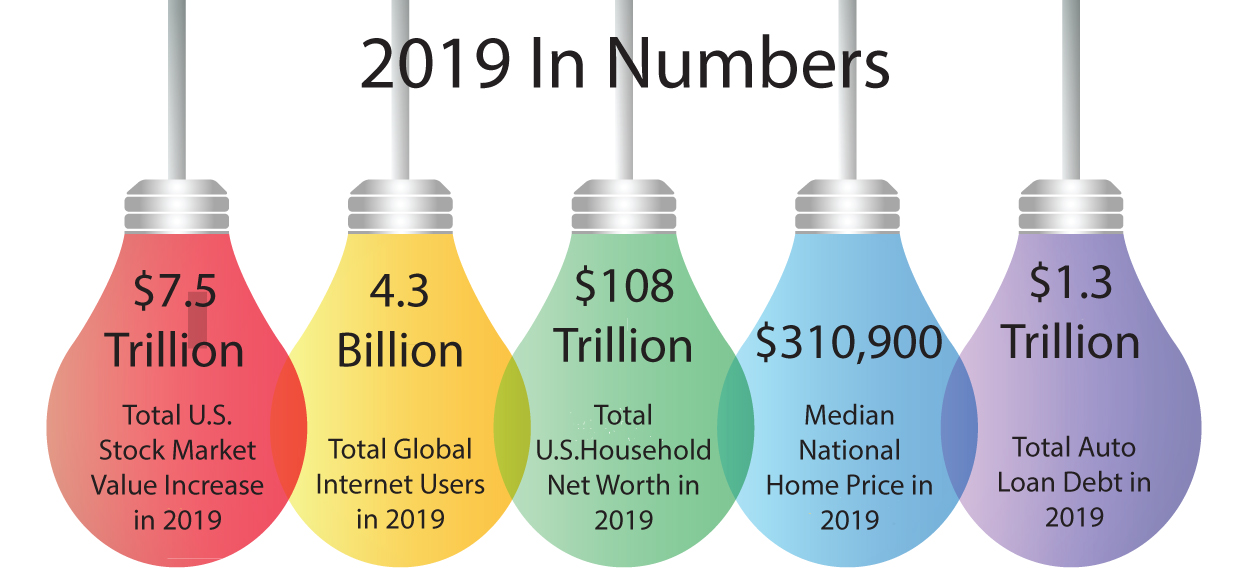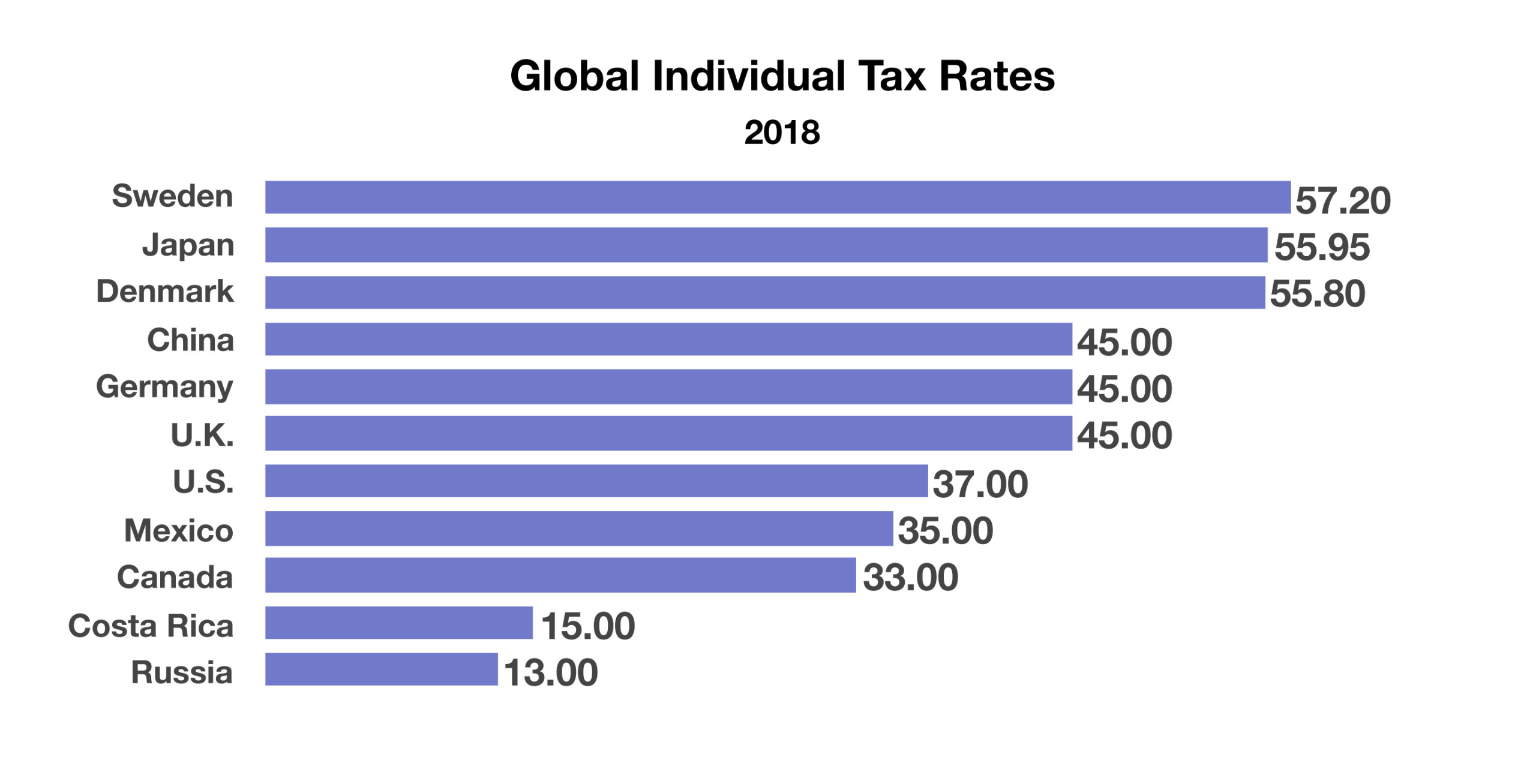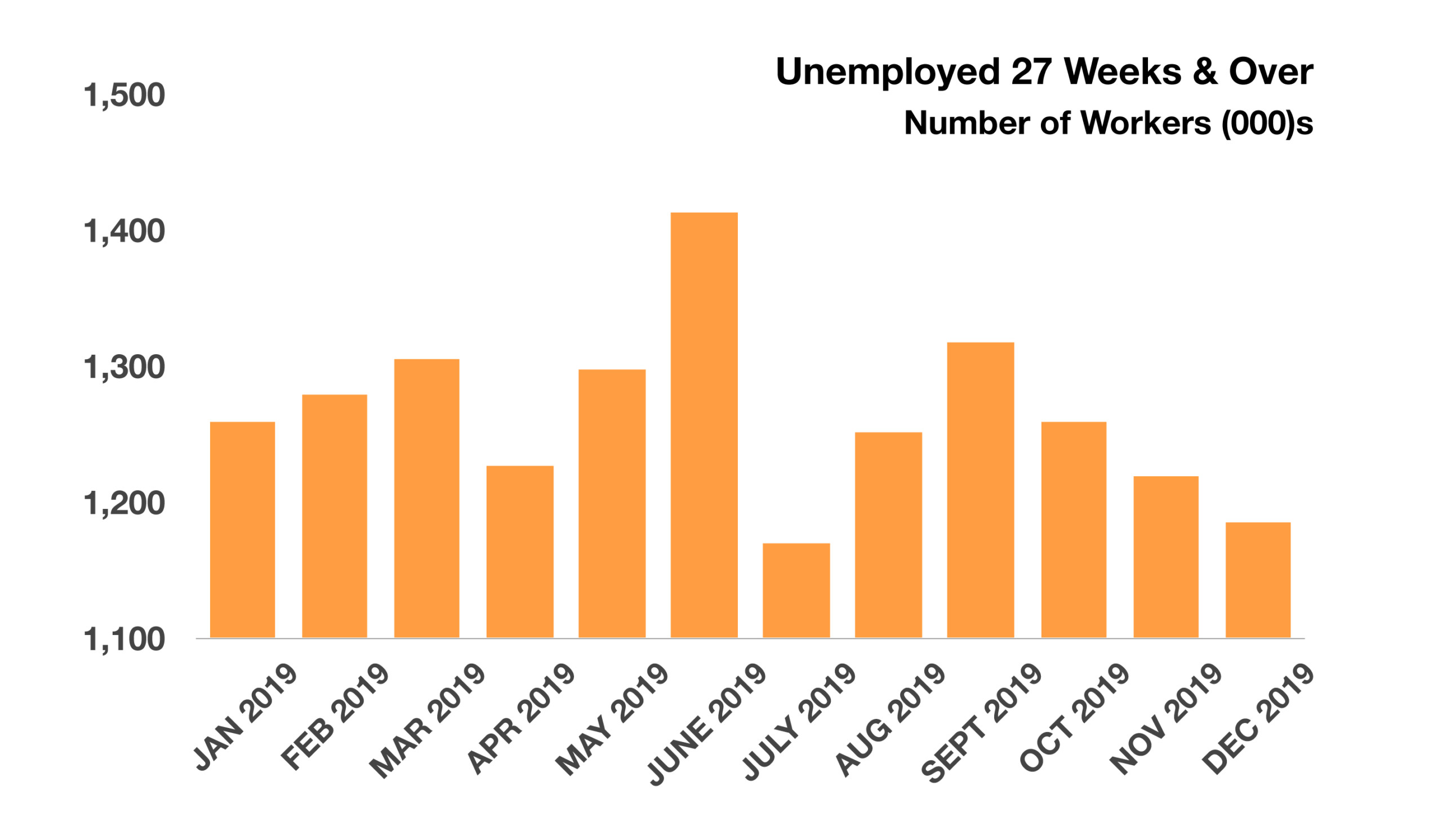
Michael McCormick
5 West Mendenhall, Ste 202 | Bozeman, MT 59715
406.920.1682 mike@mccormickfinancialadvisors.com
Sustainable Income Planning | Investments | Retirement
Stock Indices:
| Dow Jones | 40,669 |
| S&P 500 | 5,569 |
| Nasdaq | 17,446 |
Bond Sector Yields:
| 2 Yr Treasury | 3.60% |
| 10 Yr Treasury | 4.17% |
| 10 Yr Municipal | 3.36% |
| High Yield | 7.69% |
YTD Market Returns:
| Dow Jones | -4.41% |
| S&P 500 | -5.31% |
| Nasdaq | -9.65% |
| MSCI-EAFE | 12.00% |
| MSCI-Europe | 15.70% |
| MSCI-Pacific | 5.80% |
| MSCI-Emg Mkt | 4.40% |
| US Agg Bond | 3.18% |
| US Corp Bond | 2.27% |
| US Gov’t Bond | 3.13% |
Commodity Prices:
| Gold | 3,298 |
| Silver | 32.78 |
| Oil (WTI) | 58.22 |
Currencies:
| Dollar / Euro | 1.13 |
| Dollar / Pound | 1.34 |
| Yen / Dollar | 142.35 |
| Canadian /Dollar | 0.72 |
Dear Friends,
Every Thursday morning at 7am I join Tom Egelhoff on his local talk radio show to discuss financial events, money tips, and field live questions (1450am /kmmsam.com). Recently, I was asked by a caller what I believe the most common mistake investors make in their retirement portfolios is? After disclaiming all responsibility for my advice and it’s possible outcome, I replied that I believe many people are not taking enough risk in their retirement portfolios. I usually want people to consider their retirement accounts as their highest risk asset, owning more stock and less ‘other stuff’ in their IRA’s, 401k’s and other qualified assets.
My reason is that retirement money is designed for long-term growth by the tax advantages it receives. By taking more risk, over the long term there should be more growth, and therefore the tax deferral has a greater benefit. Such risk should be offset by other strategies (like holding cash and paying down debt) to ensure that your overall financial condition it true to your tolerance. But, two things are clear: average lifespans are extending; and if you avoid risk, you will usually also avoid reward.
So far in 2020, the outlook is calling for continued gains in stock and real estate investments despite the backdrop of coronavirus, trade ‘bickerments’, and an election that is sure to offend everyone somehow. My personal view is that we are currently beyond fair value, but not yet at ludicrous values. If we can help you or someone you care about, feel free to call.



